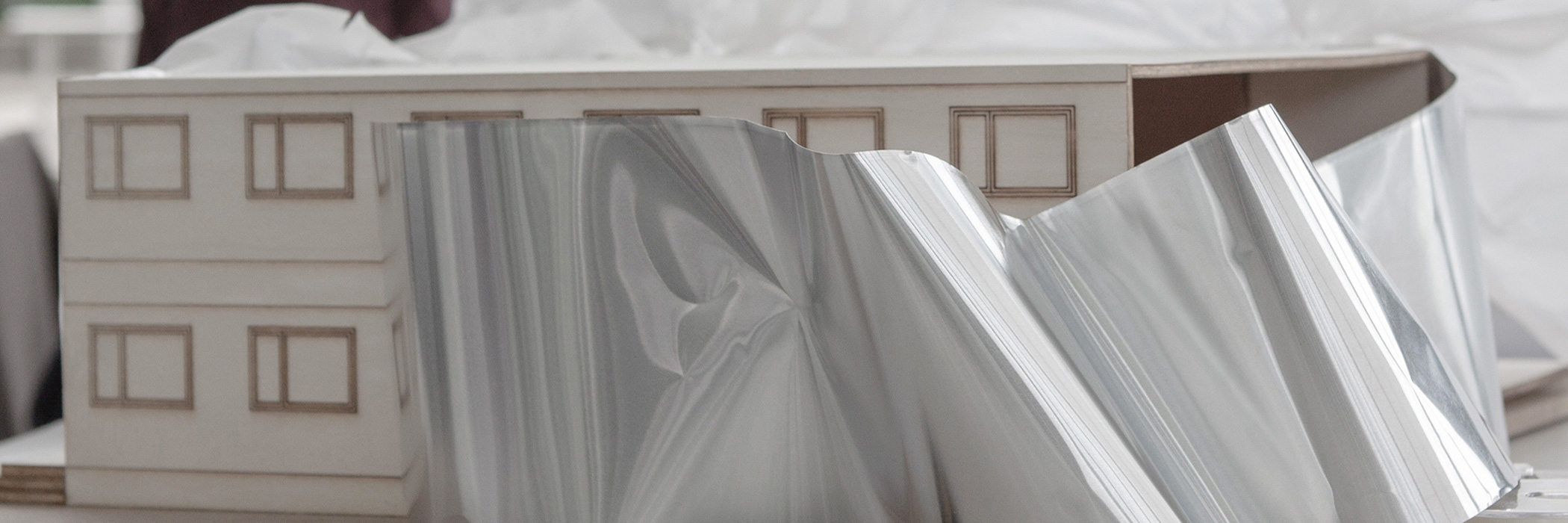CODE Facades
Innosuisse-Projekt
Façade is the most prominent element of the building, highly invested with aesthetics, political and cultural expectations (Koolhaas, R., Elements of Architecture, 2018, p.863). Throughout centuries state-of-the-art technologies combined with fine craftsmanship were used in manufacturing of the facades to create a coherent vision reflecting building status, express certain ideas and outline architectural vision. Modernism separated these two disciplines and divided the architectural production into industrialized standard solutions and one-off expensive crafted developments. Moreover, the increasing complexity of the planning phase brought the split in the building industry into AEC practices (architecture, engineering and construction), disconnecting the professionals and elongating design-to-production process. This led to urban decontextualization of standardized buildings, repetitiveness and limited design freedom of architects.
The primary goal of our research is to foster profound changes in the construction industry by linking standardization with customization, providing efficiency of manufacturing facade elements, without sacrificing design freedom. Through collaborative work between woodwork engineers, experienced designers, robotics specialists and software developers we establish a novel approach for prefabricated façade systems that are individualized, well-crafted yet cost-efficient. As the task is complex, we stream our research investigations into three main directions: custom digital instruments, flexible robotic fabrication and most importantly a collaborative approach providing fluent communication between various project stakeholders.
In order to provide more transparency, shorten the design–to–production process and provide design freedom for architects, we develop a set of generative digital tools of varied functions. These are playful instruments that boost architects’ creativity as well as rationalization tools for engineers to facilitate the facade planning phase and ensure continuous digital workflow.
We analyse and improve existing industrial production processes of ERNE AG Holzbau as well as establish new automated methods to support architects during the creation of their individual ideas. Novel robotic processes are developed in an experimental fashion within academic facilities and after verification applied in the production workflow of ERNE.
Understanding architects’ expectations towards facade systems in terms of aesthetics, methods of fabrication and collaboration with the manufacturer are crucial in our investigations. We ground our research on the concept of collaborative customization, in which the needs of the customers inform the manufacturing process. We explore different modes of exchange between architects and construction company and adjust accordingly the organization capabilities of the industrial partner
Within this research we focus on the importance of design, both in forming of high-quality architectural environment, as well as in the value creation of the new processes embedded in the building industry.
Workshop and robotic facility kindly provided by Hyperwerk.
Funding:
Innosuisse
Duration:
02.2019-10.2020
Research Team:
Edyta Augustynowicz (lead)
Maria Smigielska
Daniel Nikles
Dr. Ralf Michel (advisor)
Partners:
ERNE AG Holzbau
